Warsaw
In the beginning of the nineteenth century operetta was one of the most extravagant theatrical attractions, and productions from Vienna and Berlin travelled all over Europe. Although Paris, Vienna, Berlin, Budapest, London, and New York were the capitals of operetta, it was thriving in other cities too. Habsburg operetta was popular in Poland, where opera and operetta houses in Warsaw, Poznań, L'viv, Krakow, and Łódź regularly presented works by major operetta composers. Operetta stars were popular in Polish and Russian theatres, whose public easily forgave their capriciousness and such frivolities as running away from creditors whilst appearing in lavish and well-paid productions. This section of the GOLNY research project will focus on famous Polish operetta stars and performances, their contributions to new interpretations, examine operettas favoured by the Polish public, and investigate the activities of the opera and operetta theatres in Poland in the period of 1905-1939.

This Warsaw theatre was built in 1901 on Hipoteczna street (which no longer exists). Governed by Warsaw Government Theatres.
Warsaw, Nowości, (Novelties)
This Warsaw theatre was built in 1901 on Hipoteczna street (which no longer exists). Governed by Warsaw Government Theatres, it was the main operetta theatre in the city, directed for a quarter of a century by Ludwik Śliwiński (1857-1923). During his directorship, the level of performances was often compared to that in Vienna and Berlin. Operettas performed in Nowości included:
Johann Strauss’s Baron cygański (Der Zigeunerbaron); Leo Fall’s Rozwódka (Die geschiedene Frau), Królowa miliardów (Die Dollarprinzessin); Franz Lehár’s Cygańska miłość (Zigeunerliebe), Hrabia Luxemburg (Der Graf von Luxemburg), Róża Stambułu (Die Rose von Stambul), Biały mazur (Die blaue Mazur), Frasquita, Ewa (Eva), Paganini; Oscar Straus’s Czar walca (Ein Walzertraum), Emmerich [Imre] Kálmán’s Manewry jesienne (Tatárajárás, later Herbstmanöver), Bajadera; and Jean Gilbert’s Cnotliwa Zuzanna (Die keusche Susanne). Between 1921 and 1932 the theatre was called Nowośći, Metropolitan Operetta Theatre, Messal-Niewiarowska Theatre, and Orpheum, as a result of numerious changes in management. It closed its doors in 1932.
The building survived the war, but was destroyed by the authorities shortly after, because it was deemed an undesirable remnant of bourgeoisie culture.
Ludwik Śliwiński
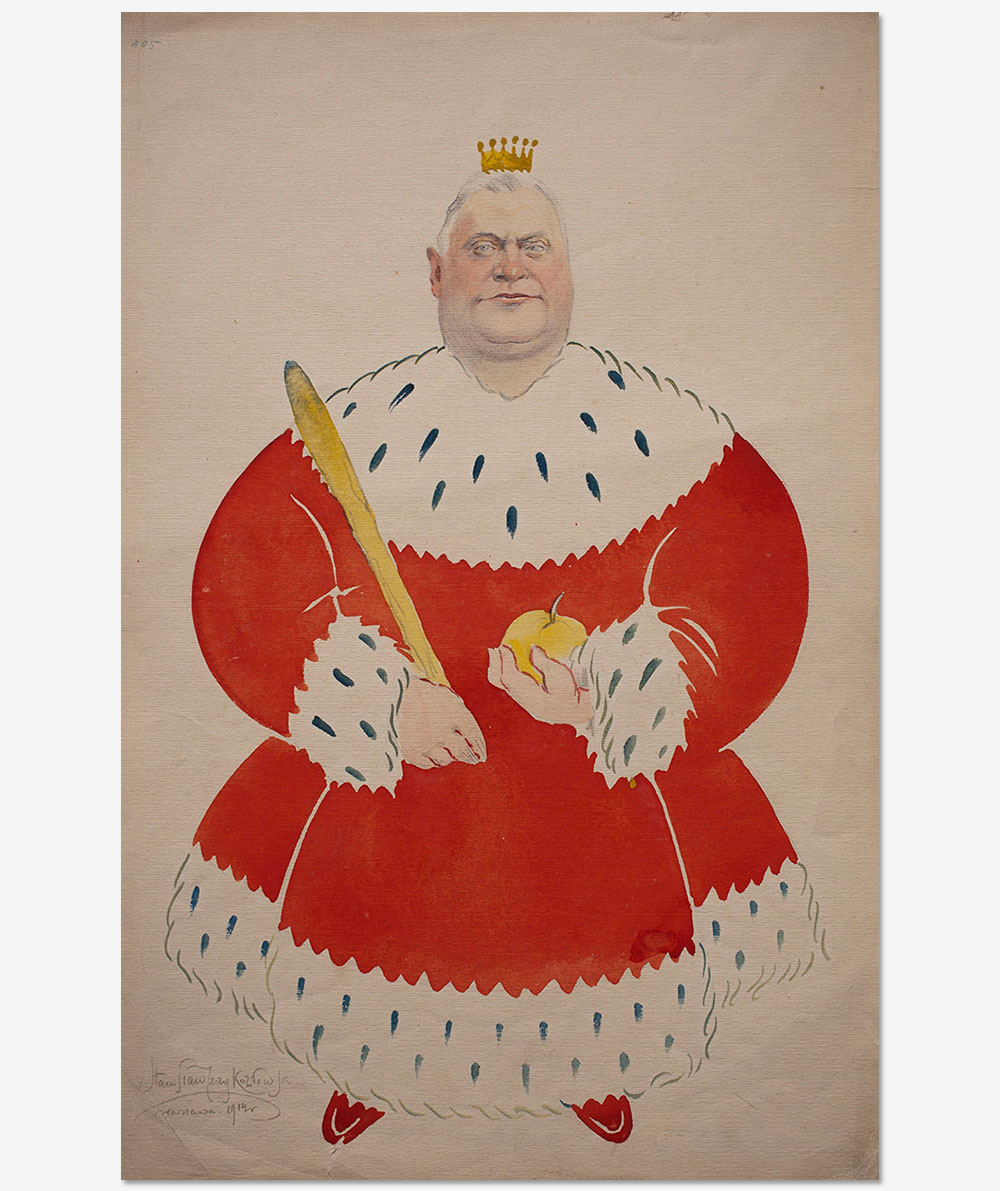
Ludwik Śliwiński watercolour, Warsaw Theatre Museum Collection.
Ludwik Śliwiński as King on playing cards
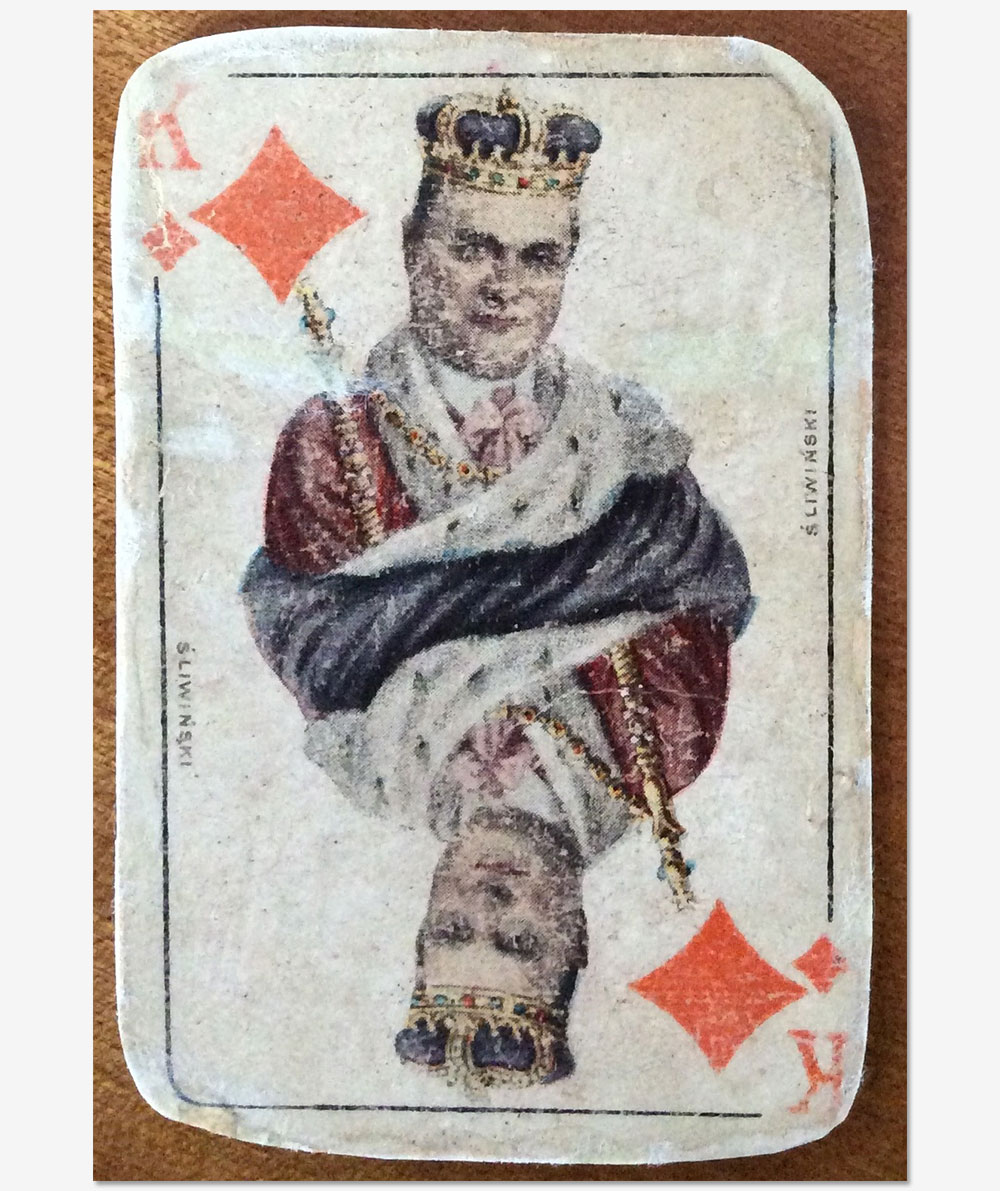
Ludwik Śliwiński as King on playing cards, Warsaw Theatre Museum Collection.
Lucyna Messal as a Queen on playing cards
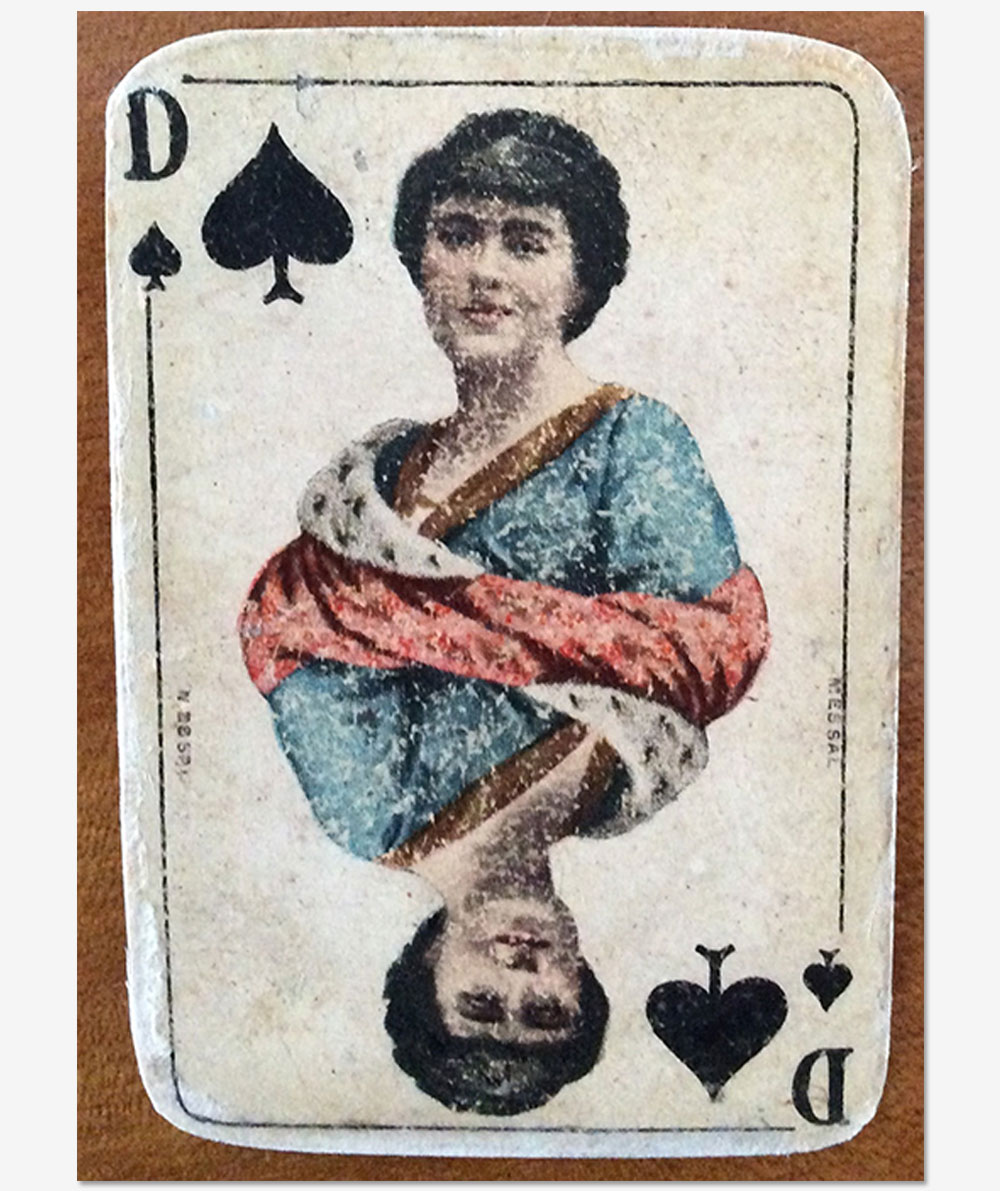
Lucyna Messal as a Queen on playing cards, Warsaw Theatre Museum Collection.
Lucyna Messal

Lucyna Messal on the cover of walts from Cnotliwa Zuzanna Warsaw Theatre Museum Collection
Lucyna Messal, watercolour
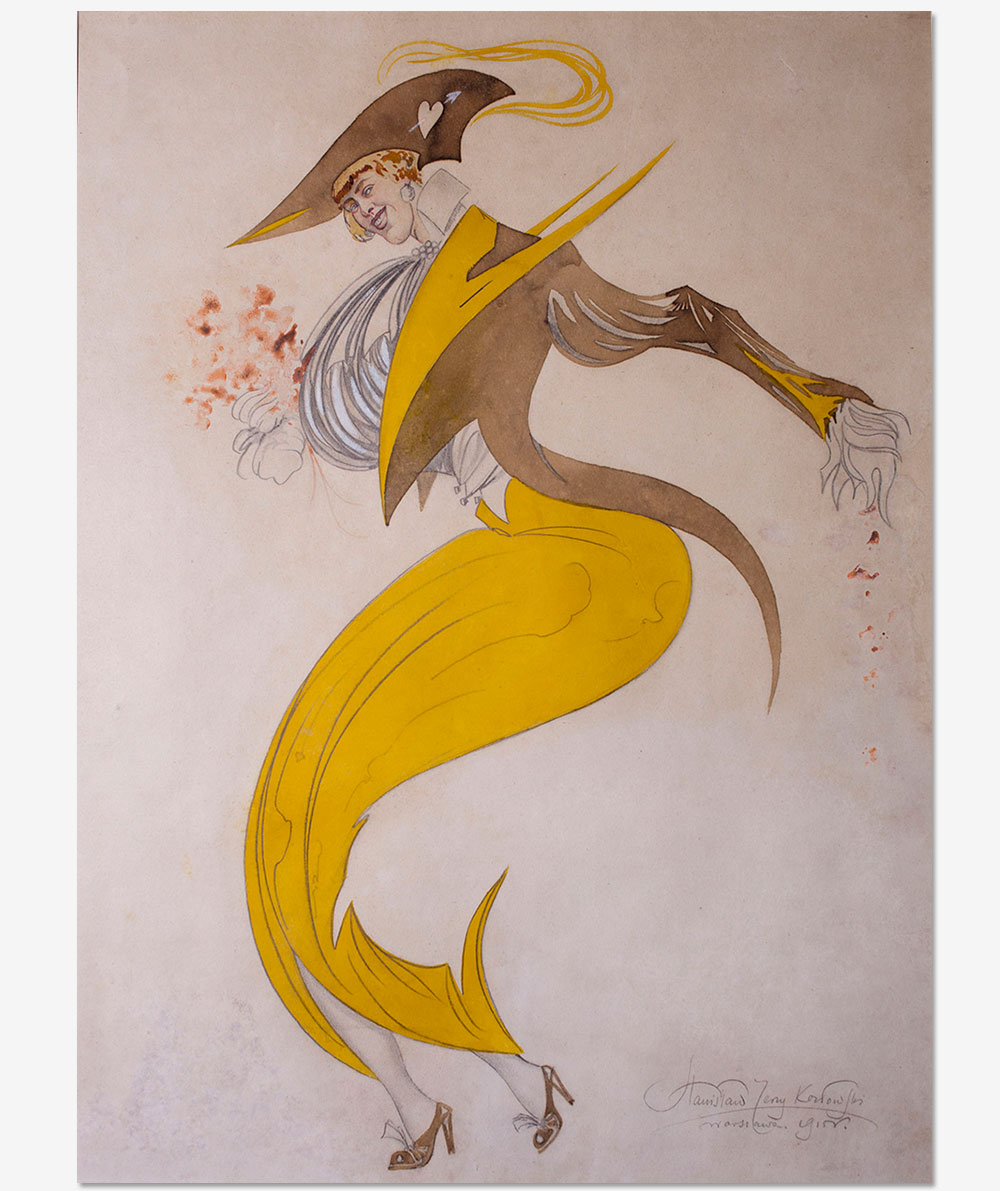
Lucyna Messal, watercolour, Warsaw Theatre Museum Collection.
Recording of Cnotliwa Zuzanna
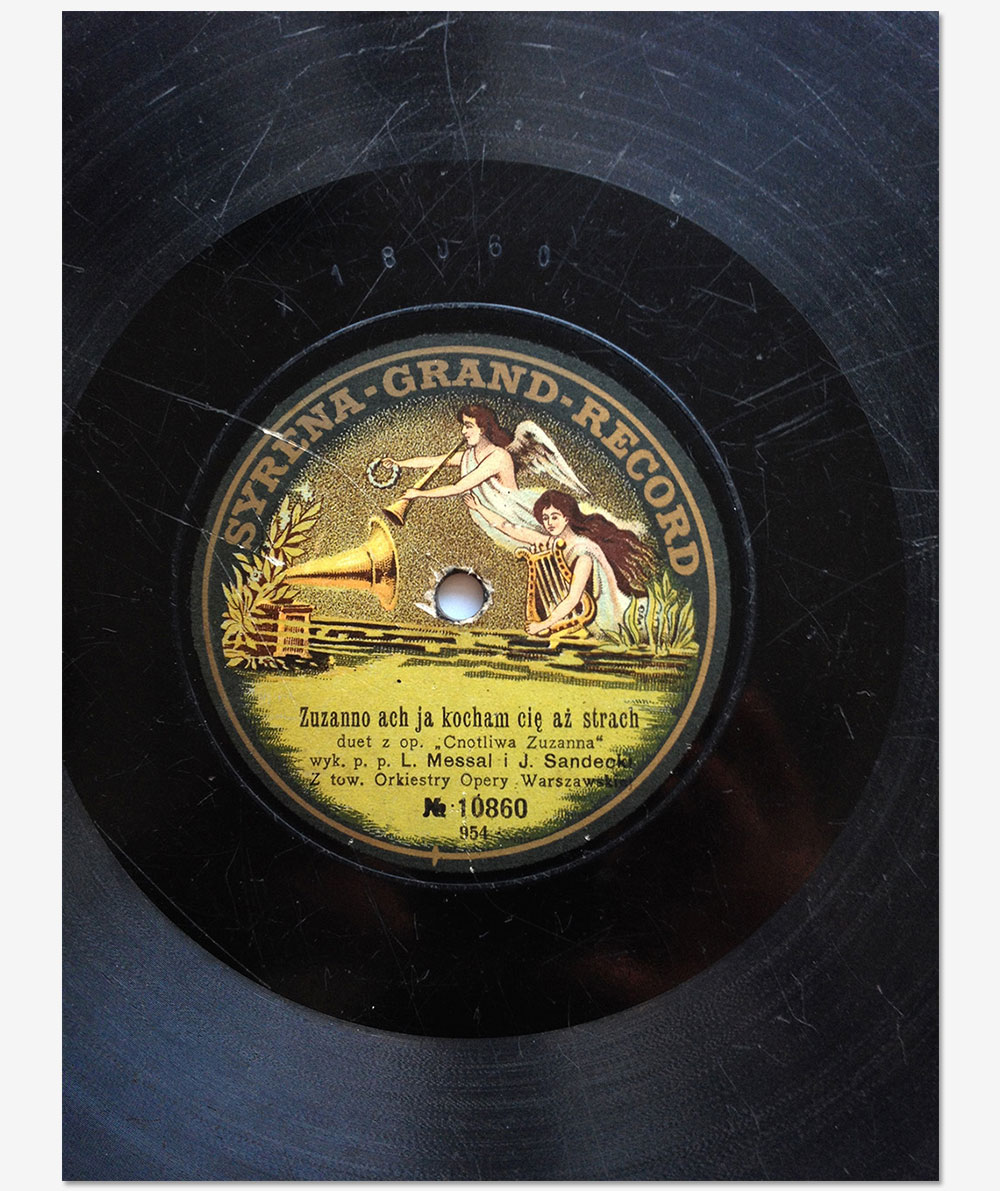
Recording of Cnotliwa Zuzanna with Lucyna Messal, Biblioteka Narodowa, Warsaw.
Józef Redo

Józef Redo, watercolour, Warsaw Theatre Museum Collection.
Redo and Messa Tango
 Redo and Messal in Tango Argentino, Warsaw Theatre Museum Collection.
Redo and Messal in Tango Argentino, Warsaw Theatre Museum Collection.
